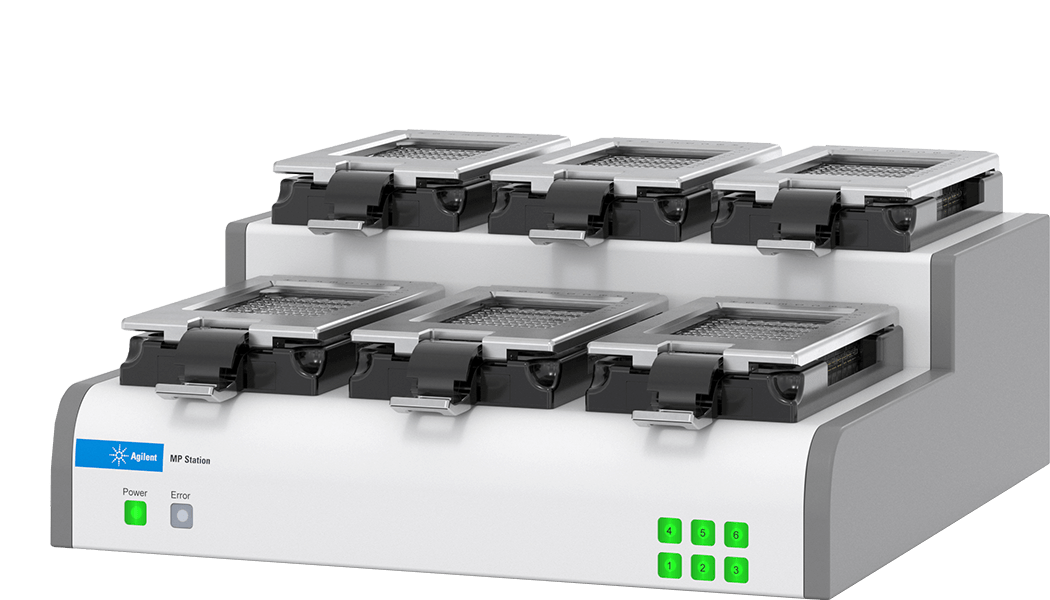Overview
The xCELLigence RTCA MP instrument uses biosensors to continuously monitor cell behavior in a 6 x 96-well format. Obtain continuous cell assay data points using label-free methods. This multiple plate format is ideal for cell killing and immunotherapy applications such as antibody dependent cytotoxicity, bispecific T cell engagers, checkpoint inhibitors, NK cells, T cells, B cells, oncolytic viruses.
The MP model can host up to six 96-well electronic microplates (E-Plate 96) which can be run in parallel or independently of one another. This flexible plate batch processing allows for maximum productivity for multiple users. The instrument operates in a standard CO2 cell culture incubator and the control unit is housed outside the incubator. Easy-to-use intuitive software allows for real-time control and monitoring of the instrument and includes real-time data display and analysis functions.
Combining impedance with microscopy?
check out the Agilent xCELLigence RTCA eSight.
• Observe the tumor cell response to immune effector cells in real-time
• Obtain continuous immune cell killing timepoints during the entire experiment.
• RTCA provides a continuous quantitative readout of cell number, proliferation rate, cell size/shape, and cell-substrate attachment quality
